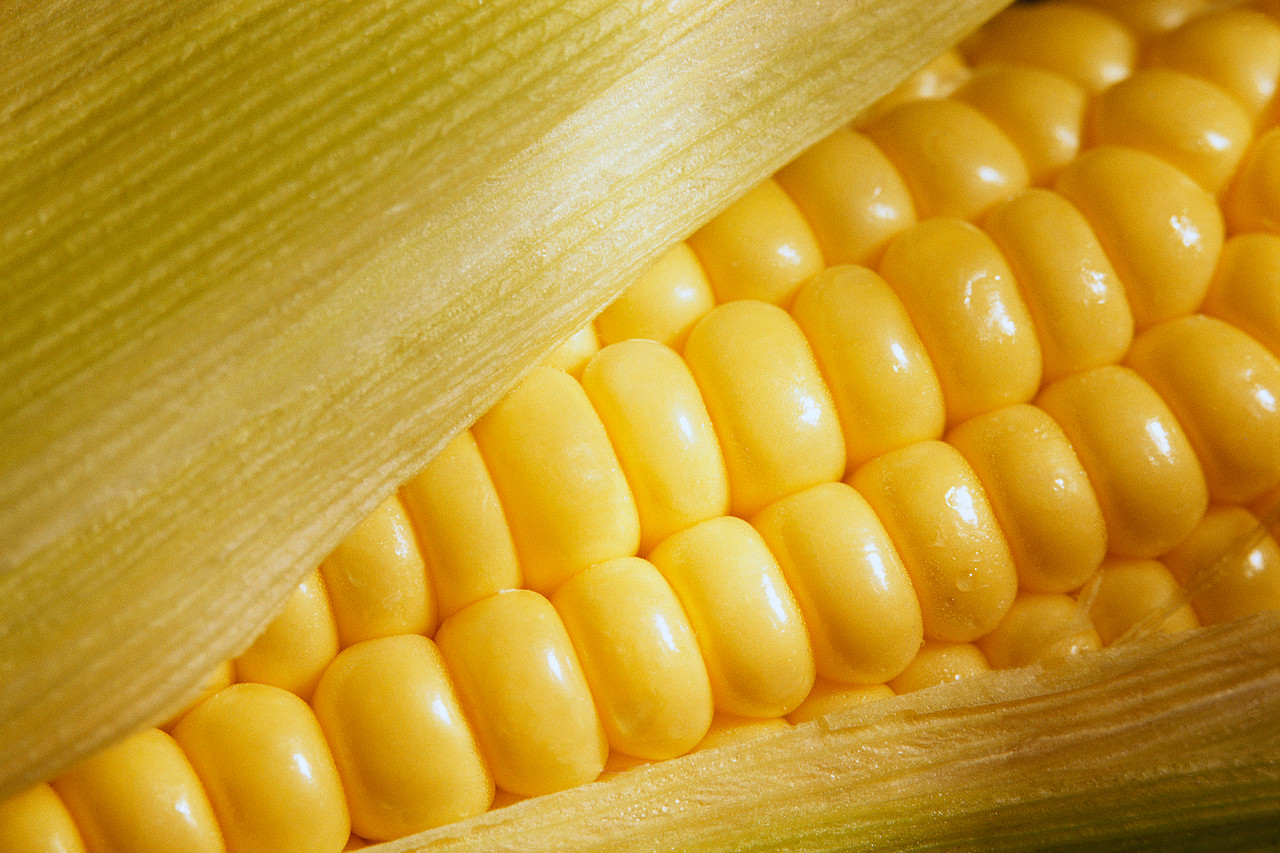
The day after the FDA warning about pistachio nuts came out, I was in a local grocery store. As I walked through the produce aisle, I noticed the produce manager and his clerk with a huge bin; they were emptying out their inventory of pistachio nuts into a huge garbage bin. They had no idea where their pistachios had come from, and they had to throw them away.
I felt sad that so much food had to be wasted.
The day that the FDA warning about pistachio nuts came out, I received a note from Whole Foods Market. They were working to source where all their pistachio nuts came from. A detailed memo was released later in the week regarding the safety of pistachios in their many stores.
Please read this blog post and make your own decisions. But do consider the value in being an informed consumer. If you are judicious about where you shop, it may be worth a little extra investment. If you make a choice to purchase locally grown products at your farmer's market, you're not only supporting a local small business, you know exactly what hands your food passed through before it fell into yours.
There will come a time when pistachios will be considered generally healthy to eat, no matter what the source. And when that comes, keep these pistachio fun facts in mind:
--a one ounce serving of pistachio nuts scores higher on the USDA's antioxidant scorecard than a cup of green tea.
--pistachio nuts can help to reduce bad cholesterol and raise good cholesterol
--pistachio nuts are high in lutein and can help prevent macular degeneration, a leading cause of blindness
--pistachio nuts are a good source of many vitamins and minerals, including: thiamin, vitamin B6, copper, manganese, potassium, dietary fiber, phosphorus and magnesium
--pistachio nuts are a good source of healthy fats, including omega-3's
My point is…I hope you don't eliminate pistachios completely from your diet because of what you've heard in the news. The pistachio recall was specifically for pistachios from Setton Farms. If you can shop at a store or farmer's market where you can be assured pistachios did not pass through this processing plant, they can be a wonderful addition to your PCOS eating plan.
Here's a recipe for white bean pistachio chili to get you started!









